The Library of Consciousness
of Consciousness
Critical Path (1981)
Acceleration of Knowledge
Throughout history we hairless primates have been jumping higher, living longer, and getting smarter every century. From Thai stir-fry to Roman roads, knowledge doubled faster as it drifted West—till now it jumps each year! Space migration? Check. Intelligence increase through yoga, drugs, or machines? You bet. Genetic tinkering? It's coming. And indefinite lifespans? We're on the yellow brick road to divinity, to roam the stars forever, to boldly go where no ape has gone before. The future's so bright I gotta wear shades. Keep hope alive and party on!
At the Interface
What happens when a mystic and a futurist debate humanity’s fate? Alan Watts and Arthur C. Clarke tackle our future from two unique perspectives. Clarke champions technological solutions, from synthetic food to space exploration, while Watts argues for a spiritual evolution—a change in consciousness and our relationship with nature to solve our most pressing problems.
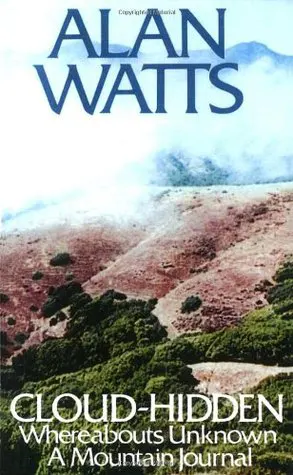
Cloud-Hidden, Whereabouts Unknown
Over the course of nineteen essays, Alan Watts ruminates on the philosophy of nature, ecology, aesthetics, religion, and metaphysics. Assembled in the form of a mountain journal, written during a retreat in the foothills of Mount Tamalpais in California, Cloud-Hidden, Whereabouts Unknown is Watts’ meditation on the art of feeling out and following the watercourse way of nature, known in Chinese as the Tao. Embracing a form of contemplative meditation that allows us to stop analyzing our experiences and start living into them, the book explores themes such as the natural world, established religion, race relations, karma and reincarnation, astrology and tantric yoga, the nature of ecstasy, and much more.
Conscious Evolution
Barbara explored the ideas of Pierre Teilhard de Chardin, and the possibilty of humanity gradually giving birth to a new planetary-scale consciousness, which she called Homo universalis.
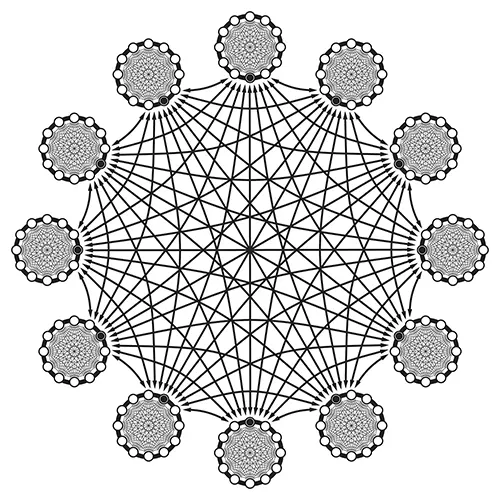
Cosmic Network
Alan takes us from the very small to the very large, explaining the interrelatedness of all things in the universe as a vast network which weaves us into a united yet unnamable divinity.
Do You Do It Or Does It Do You?
Alan explores the meaning of personal free will in the context of core tenets in Eastern mythology: how is it possible to control anything when preexisting conditions outside of our influence determine our present situation? It is a realization of the hidden unity behind our apparent diversity and a relinquishing of obsessive control that enables us to unlock a pathway leading out of the conundrum and towards a celebration and reverence of life.
Ecological Awareness
When Alan Watts talked about the ‘mystical experience’ among scientific circles, he preferred to call it ‘ecological awareness’—referring to a state of mind in which a person ceases to feel separate from the environment in which he or she exists.
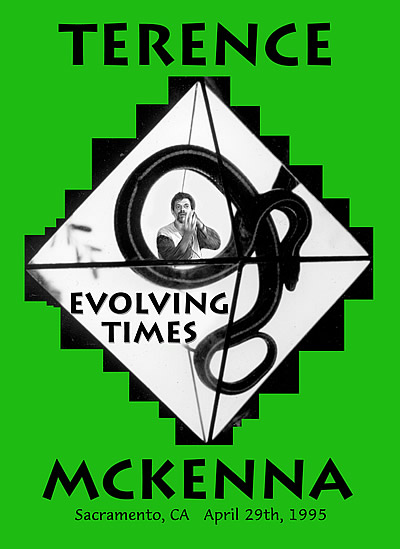
Evolving Times
This evening address is one of Terence’s funniest, in which much is said about monkeys, mushrooms, plants, and people. The question and answer session gets good and lively, with his unique analysis of UFOs, governments, and possible evolutionary pathways for us and the planet.
Manifesto to Cut the Big Hang-Up
America, fresh from its dream of progress, is choking on its own symbols—mistaking money for wealth and politics for reality. Alan Watts warns: we have the tech for paradise, yet prefer war, paranoia, and poker-chips of abstraction. His cure? Drop delusion, embrace vision, and build the feast already waiting on the table.
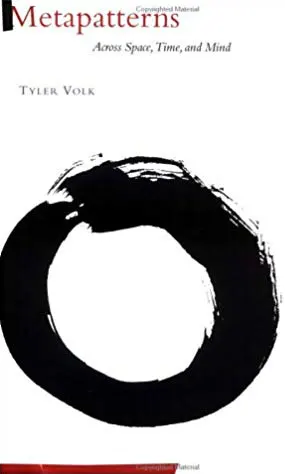
Metapatterns
In the interdisciplinary tradition of Buckminster Fuller’s work, Gregory Bateson’s Mind and Nature, and Fritjof Capra’s Tao of Physics, Metapatterns embraces both nature and culture, seeking out the grand-scale patterns that help explain the functioning of our universe. Metapatterns begins with the archetypal patterns of space, both form-building and relational. Tyler Volk then turns to the arrows, breaks, and cycles that infuse the workings of time. With artful dexterity, he brings together many layers of comprehension, drawing on an astounding range of material from art, architecture, philosophy, mythology, biology, geometry, and the atmospheric and oceanographic sciences. Richly illustrating his metapatterns with a series of sophisticated collages prepared for this book, Volk offers an exciting new look at science and the imagination. As playful and intuitive as it is logical and explanatory, Metapatterns offers an enlightening view of the functional, universal form in space, processes in time, and concepts in mind.

Reality, Art, and Illusion
Join Alan as he expresses the meaning of life through the Hindu-Buddhist idea of reality as a divine game of hide-and-seek. "Life is not ultimately serious," Watts argues. By embracing the fluidity of identity and recognizing our interconnectedness, we can creatively engage with existence as impermanent, unified, and filled with playful potential. Accessible yet philosophically rich, these decades-old lectures offer timeless insights on the nature of reality.
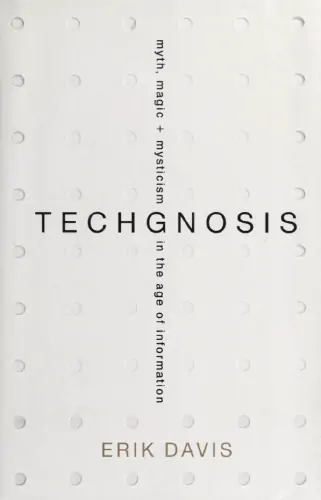
TechGnosis
How does our fascination with technology intersect with the religious imagination? While the realms of the digital and the spiritual may seem worlds apart, esoteric and religious impulses have in fact always permeated (and sometimes inspired) technological communication. Erik Davis uncovers startling connections between such seemingly disparate topics as electricity and alchemy; online role-playing games and religious and occult practices; virtual reality and gnostic mythology; programming languages and Kabbalah. The final chapters address the apocalyptic dreams that haunt technology, providing vital historical context as well as new ways to think about a future defined by the mutant intermingling of mind and machine, nightmare and fantasy.
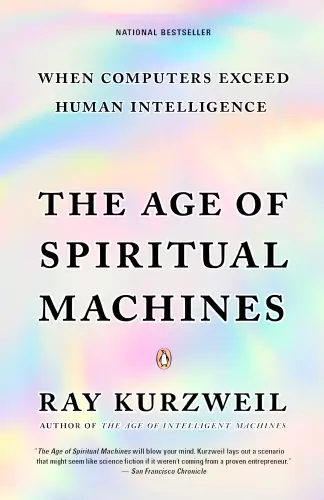
The Age of Spiritual Machines
Imagine a world where the difference between man and machine blurs, where the line between humanity and technology fades, and where the soul and the silicon chip unite. This is not science fiction. This is the twenty-first century according to Ray Kurzweil, the “restless genius,” “ultimate thinking machine,” and inventor of the most innovative and compelling technology of our era. In his inspired hands, life in the new millennium no longer seems daunting. Instead, it promises to be an age in which the marriage of human sensitivity and artificial intelligence fundamentally alters and improves the way we live.
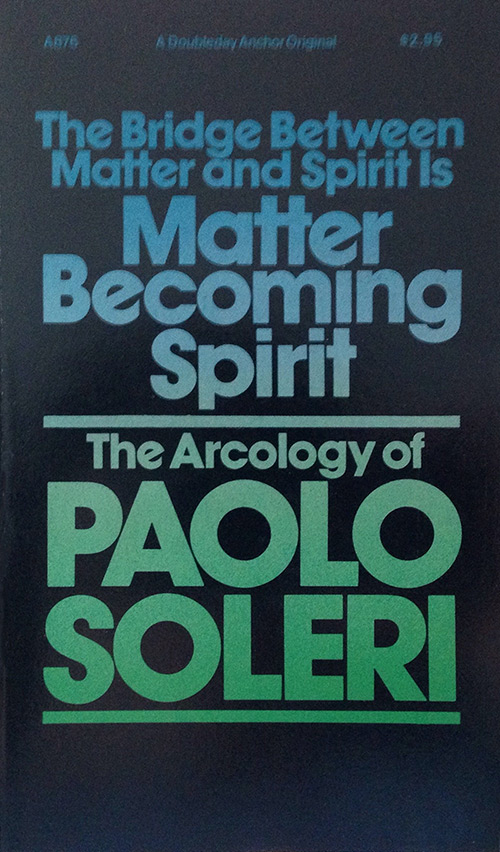
The Bridge Between Matter And Spirit is Matter Becoming Spirit
This volume brings together the essays of Paolo Soleri in which he sets forth his philosophy of arcology (architecture ecology) and pleads for a new stage in the evolution of human society—a move toward compactness, or miniaturization, of our cities. To do so we must build solids rather than veneers; we must flee from a “flat” cityscape that debilitates and suppresses the individual. Arcologies, three dimensional macrostructures, are for populations of thousands or of millions.
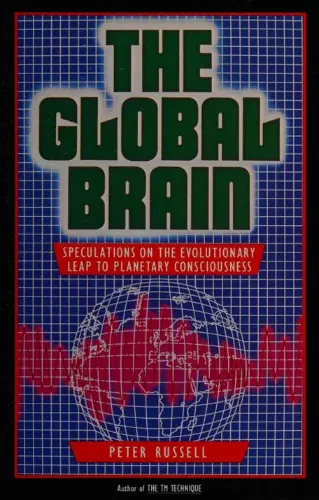
The Global Brain
We've seen the power of the internet to connect people around the world in ways never before known. This remarkable book argues that the billions of messages and pieces of information flying back and forth are linking the minds of humanity together into a single, global brain: a brain with astonishing potential for the Earth. Peter Russell weaves together modern technology and ancient mysticism to present a startling vision of the world to come, where humanity is a fully conscious superorganism in an awakening universe. The human potential movement, he shows, is growing fast and influencing business, politics, and medicine.
The Global Superorganism
The organismic view of society is updated by incorporating concepts from cybernetics, evolutionary theory, and complex adaptive systems. Global society can be seen as an autopoietic network of self-producing components, and therefore as a living system or “superorganism”.
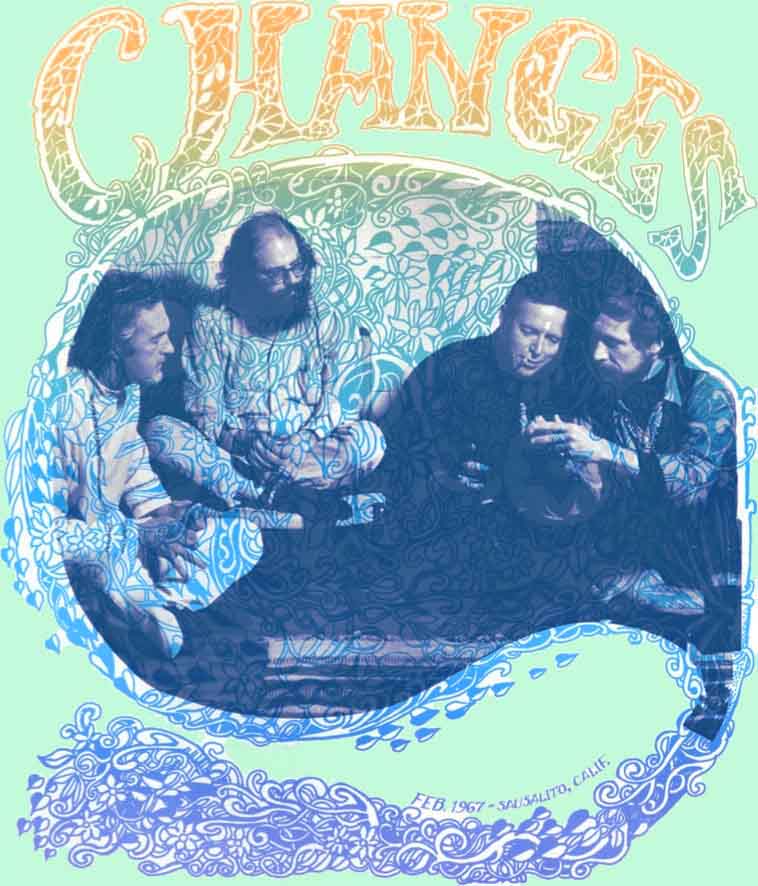
The Houseboat Summit
An extended conversation between Alan Watts, Timothy Leary, Allen Ginsberg, and Gary Snyder on the problem of whether to “drop out or take over.”
The Myopic View of the World
Alan Watts argues that we spend most of our life in a sort of myopia; that is, only perceiving a microscopic subsection of the reality which we occupy. By mentally “zooming out,” humans can begin to see (and enjoy) the marvelous universal dance that has been unfolding since the Big Bang—and which now expresses itself in and through us at this very moment.
The Vision of a Better World
Two visionaries, Tom Munnecke and Barbara Marx Hubbard, engage in an uplifting dialogue exploring the emergence of human creativity and consciousness. They trace inspirations from mentors like Jonas Salk, who recognized futuristic possibilities in Hubbard, and Buckminster Fuller, who affirmed humanity's potential. Together they shine light on the crisis of our times as the birth pangs of a new civilization, calling us to connect with the creativity arising globally. Their exchange weaves threads of hope and positivity, envisioning a future where all people actualize their gifts in service of our world.
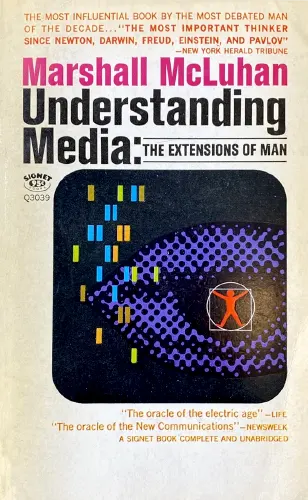
Understanding Media
When first published, Marshall McLuhan’s Understanding Media made history with its radical view of the effects of electronic communications upon man and life in the twentieth century. In Terrence Gordon’s own words, “McLuhan is in full flight already in the introduction, challenging us to plunge with him into what he calls ‘the creative process of knowing.’” Much to the chagrin of his contemporary critics McLuhan’s preference was for a prose style that explored rather than explained. Probes, or aphorisms, were an indispensable tool with which he sought to prompt and prod the reader into an “understanding of how media operate” and to provoke reflection.
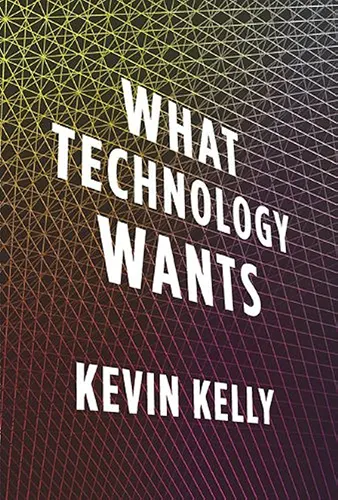
What Technology Wants
One of today's most respected thinkers turns the conversation about technology on its head by viewing technology as a natural system, an extension of biological evolution. By mapping the behavior of life, we paradoxically get a glimpse at where technology is headed—or "what it wants." Kevin Kelly offers a dozen trajectories in the coming decades for this near-living system. And as we align ourselves with technology's agenda, we can capture its colossal potential. This visionary and optimistic book explores how technology gives our lives greater meaning and is a must-read for anyone curious about the future.
World as Play
Watts presents a core Eastern philosophy of the world as a dramatic illusion, and that it exists for no other reason except to be experienced in a playful manner.